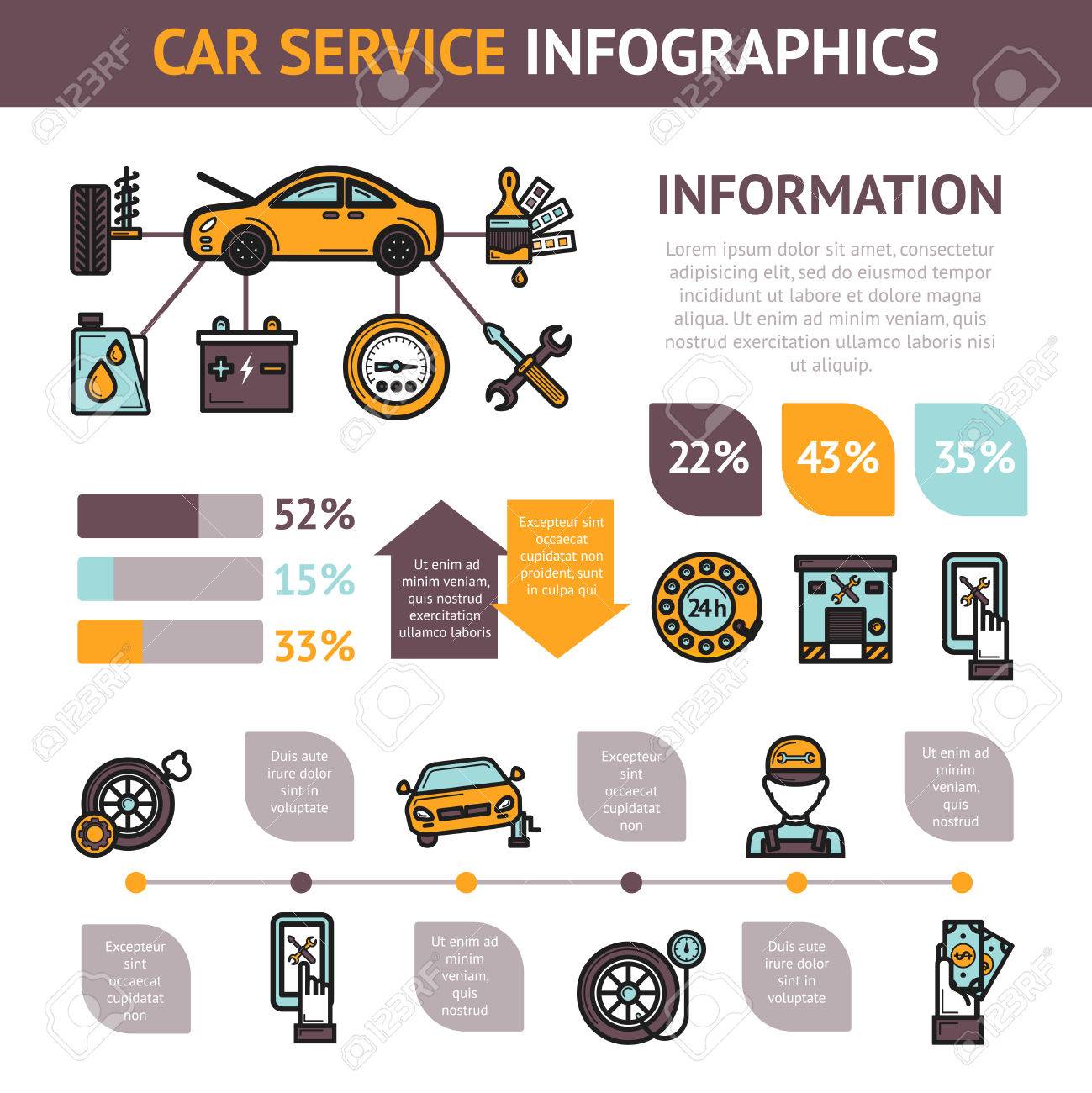Interpreting Your Car'S Alert Lighting: Their True Effects
Interpreting Your Car'S Alert Lighting: Their True Effects
Blog Article
Post By-Hartley Corbett
When you're behind the wheel, those radiant warning lights on your dashboard can be a bit puzzling. Do you know what they're trying to tell you regarding your vehicle's health and wellness? Recognizing Read Alot more of these lights is crucial for your safety and security and the long life of your automobile. So, the next time one of those lights appears, wouldn't you want to understand its message accurately and take the required actions to address it?
Common Caution Lighting and Interpretations
Identify usual warning lights in your cars and truck and understand their definitions to ensure secure driving.
One of the most typical caution lights include the check engine light, which signals problems with the engine or emissions system. If this light comes on, it's crucial to have your automobile inspected quickly.
The oil stress warning light suggests reduced oil stress, needing prompt interest to stop engine damage.
A blinking battery light could suggest a damaged charging system, possibly leaving you stranded if not addressed.
The tire pressure surveillance system (TPMS) light notifies you to reduced tire stress, affecting vehicle security and fuel efficiency. Ignoring this might result in hazardous driving problems.
Find Out More shows an issue with the anti-lock stopping system, compromising your ability to stop quickly in emergencies.
Last but not least, the coolant temperature alerting light warns of engine getting too hot, which can lead to extreme damage if not resolved swiftly.
Understanding these typical warning lights will certainly help you resolve issues quickly and preserve secure driving conditions.
Significance of Prompt Attention
Understanding the usual warning lights in your automobile is just the first step; the importance of immediately addressing these cautions can't be stressed enough to guarantee your safety and security on the road.
When a warning light illuminates on your dashboard, it's your vehicle's means of communicating a potential issue that needs attention. Disregarding these cautions can result in extra extreme issues later on, endangering your security and possibly costing you a lot more out of commission.
Motivate interest to advising lights can protect against breakdowns and crashes. For example, a blinking check engine light can show a misfire that, if left unattended, could trigger damage to the catalytic converter. Addressing this promptly can save you from a pricey fixing.
In a similar way, a brake system warning light might signal low brake liquid or worn brake pads, vital parts for your safety when driving.
DIY Troubleshooting Tips
If you discover a warning light on your control panel, there are a couple of DIY troubleshooting tips you can attempt prior to seeking expert help.
The primary step is to consult your cars and truck's handbook to understand what the particular caution light indicates. Occasionally the issue can be as straightforward as a loosened gas cap setting off the check engine light. Tightening up the gas cap may solve the issue.
An additional common concern is a reduced battery, which can cause numerous alerting lights. Examining the battery links for rust and guaranteeing they're secure may take care of the issue.
If a warning light lingers, you can try resetting it by detaching the cars and truck's battery for a few mins and then reconnecting it. In addition, inspecting your automobile's fluid degrees, such as oil, coolant, and brake fluid, can help fix advising lights related to these systems.
Final thought
To conclude, understanding your vehicle's caution lights is important for keeping your lorry running efficiently and securely. By quickly addressing these notifies and knowing what they mean, you can stay clear of pricey repair work and potential failures.
Remember to consult your automobile's handbook for specific information on each cautioning light and do something about it as necessary to ensure a trouble-free driving experience.
Keep educated, remain safe when traveling!
